It is of public and international knowledge the economic crisis and its consequences that my country Venezuela is going through. This situation has generated a serious deterioration of the purchasing power of the family and even worse a deep crisis in the health services where you get sick and you leave sicker or you leave dead for lack of medical supplies or medicines; which translates into buying anything from an injector to anything else that doctors need such as gloves, just to mention a few.
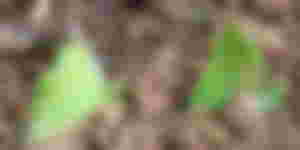
But well, this publication is not to refer to the problems of my country; however, it serves as a preamble to express that for this reason we have had to bring to the present the recipes of grandmothers. The high cost of medicines has made us resort to the use of plants as an alternative medicine that allows us to face health problems.
However, I can affirm that the use of medicinal plants is done in an empirical way and by experimentation; many times not knowing the toxic content and the adequate dosage of these plants. Particularly I have consumed beverages on the advice of people who have already ingested it or by experimentation to see how it goes.
About a month ago I got a pretty bad flu, asthma type; I bought a syrup and nothing happened. I was like that for several weeks, then my husband brought me some libertarian leaves to make an infusion to counteract the flu. And guess what! It was quite beneficial for me because I had a significant improvement just by taking it at night for a week.
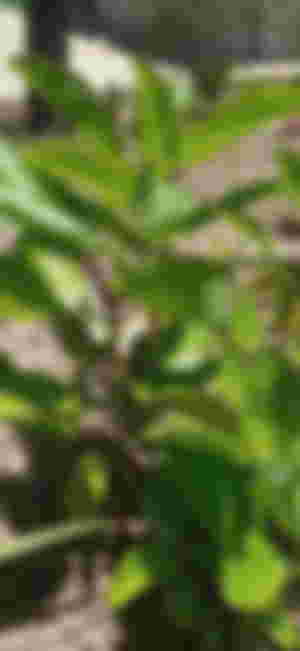
Liberator tea
Boil water and put 3 large libertarian leaves in it for 5 minutes. Sweeten with honey or sugar.
Knowing the libertarian plant
This plant has other meanings; it is known by the name of Colombian, yerba de bruja, siempreviva or mala madre but in Venezuela it is known by the name of "libertadora". It is a succulent plant belonging to the family of crassulaceae of the genus kalanchoe that is characterized by storing a greater amount of water compared to other plants. It is said to be native to Madagascar but is common in Central and South America. This species has its buds attached to the edge of the leaves that when touching the ground there are planted to develop which makes it invasive.
It is a very resistant plant to the sun but in rainy periods it is better to protect it because it can rot.

Properties of Kalanchoe
This species has important applications for therapeutic or curative purposes that favor natural medicine. Its components give it antihistamine, analgesic, antitussive, antibacterial, antifungal, diuretic, viral, antibiotic, astringent properties and strengthens the immune system. It also has active minerals such as calcium, magnesium, iron, vitamin C and copper. It is an excellent anti-inflammatory that provides quick relief from pain and inflammation. According, it has antioxidant properties that reduce aging.
It should be noted that prolonged consumption can be toxic, so they recommend consuming 350ml or 30 grams of the plant. In general, it is contraindicated in pregnant women and children during lactation. Despite all this information, it is best to consult a doctor.
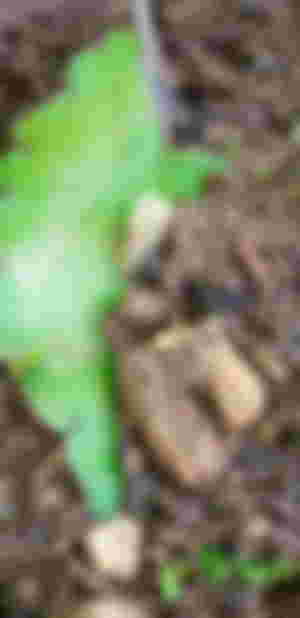
In traditional medicine, the libertadora leaf can be used in infusions and poultices for skin conditions. The leaves are ground or crushed and the poultice is applied to the affected area, such as burns or wounds, once a day. To combat fungus, soak the feet in warm water with the leaves of libertadora for about half an hour. The infusion is used to improve respiratory conditions. It notably reduces persistent coughs and congestion caused by allergies.
In case of inflammation due to blows, a hot leaf is placed on the affected part. The oil has anti-inflammatory properties and works perfect in insect bites. It is extracted by crushing, grinding or liquefying the leaves and mixing the preparation with olive oil.
This plant is very useful for health because it also improves digestion, cleanses the urine and attacks insomnia. It reduces eye inflammation due to stye, by placing a warm leaf.
Another way to obtain the benefits of the libertarian is to place the leaves in cold water, rest and consume after a few hours, in grass water as grandmothers used to call it.
The crushed leaves are placed on the forehead if you have a headache or migraine. It is a natural sedative and muscle relaxant, very appropriate in case of spasms.

This is almost an informative summary of the benefits of this plant that for its resistance decorates gardens and interiors of houses. It is said that you can eat the leaves in salads and drink in green smoothies but I have to try it to know how it tastes; I guess it tastes good, because the tea does not taste bad. Liberator is a plant with many properties and uses providing multiple medicinal benefits. I love to drink the tea but not for long. This succulent can be planted in pots or directly in the ground.
I hope this information is valuable to you. Thank you for reading.

Suggested references
https://primicia.com.ve/especiales/yerberito/conoce-bondades-medicinales-de-la-libertadora/
https://es.wikipedia.org/wiki/Kalanchoe_pinnata
https://unisima.com/salud/kalanchoe/
http://plantasmorenal.blogspot.com/2011/05/kalanchoe-pinnata-yerba-bruja-hoja-del.html
https://unisima.com/salud/kalanchoe/
https://www.prensalibre.com/vida/salud-y-familia/planta-kalanchoe-propiedades-y-riesgos-de-consumo/
Translated with www.DeepL.com/Translator (free version)

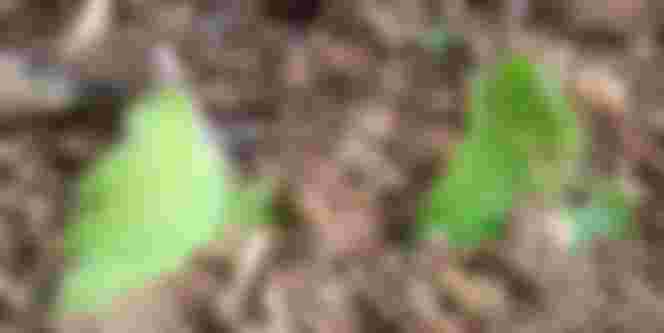
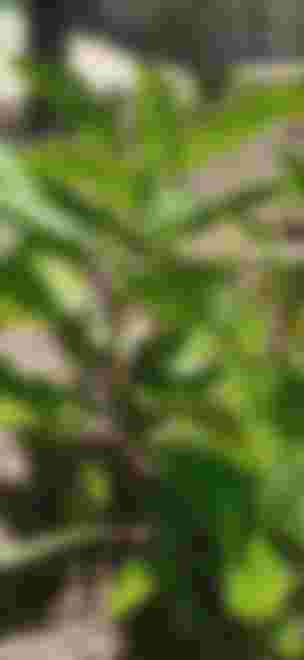





It really is a very good plant, I used it once for bruising, and it worked. Before I had a lot of these plants in my house, but when I moved they did not resist. Greetings, excellent post!